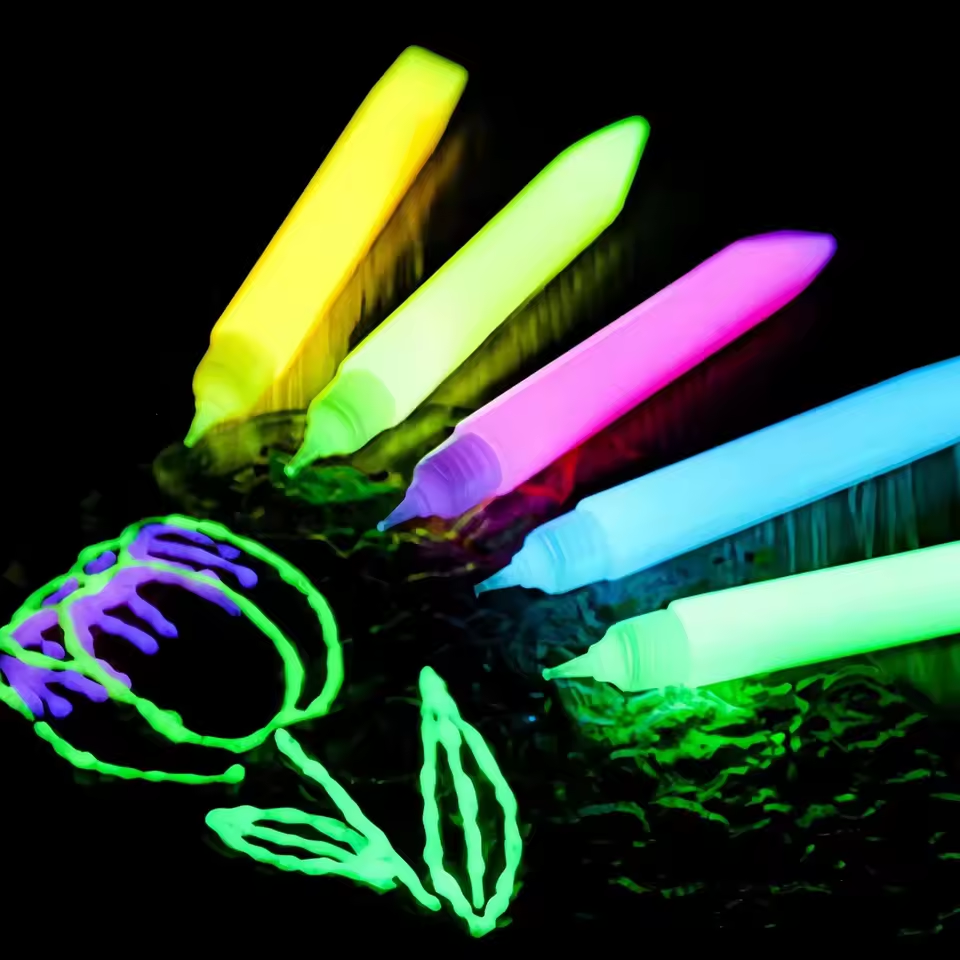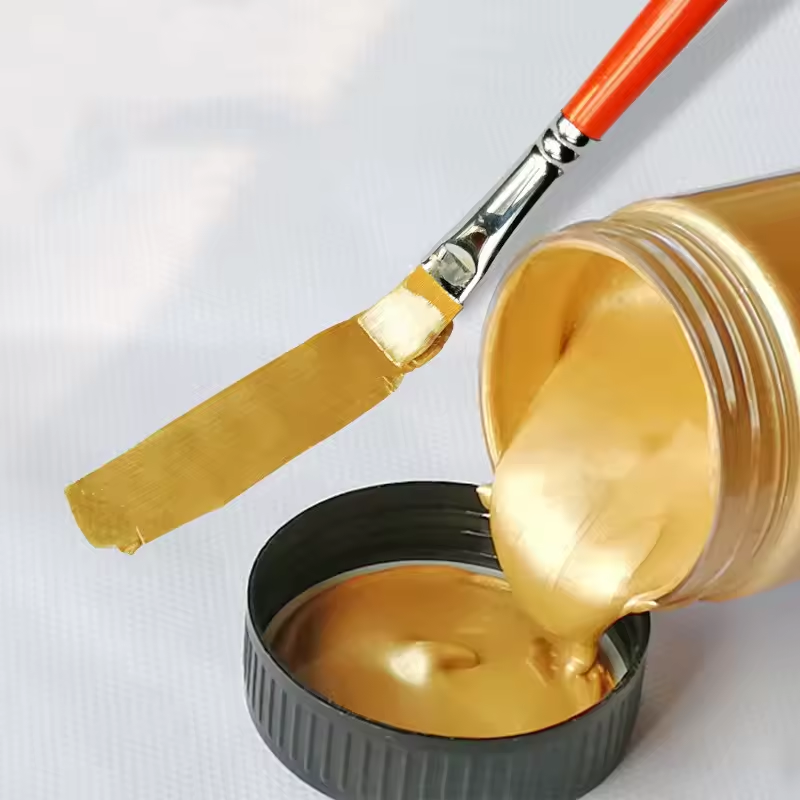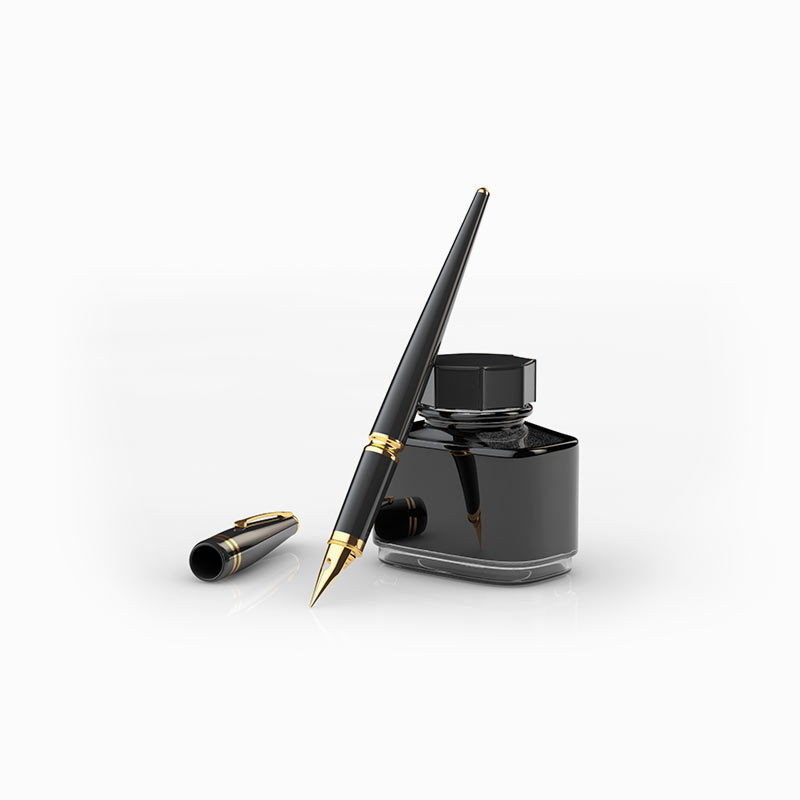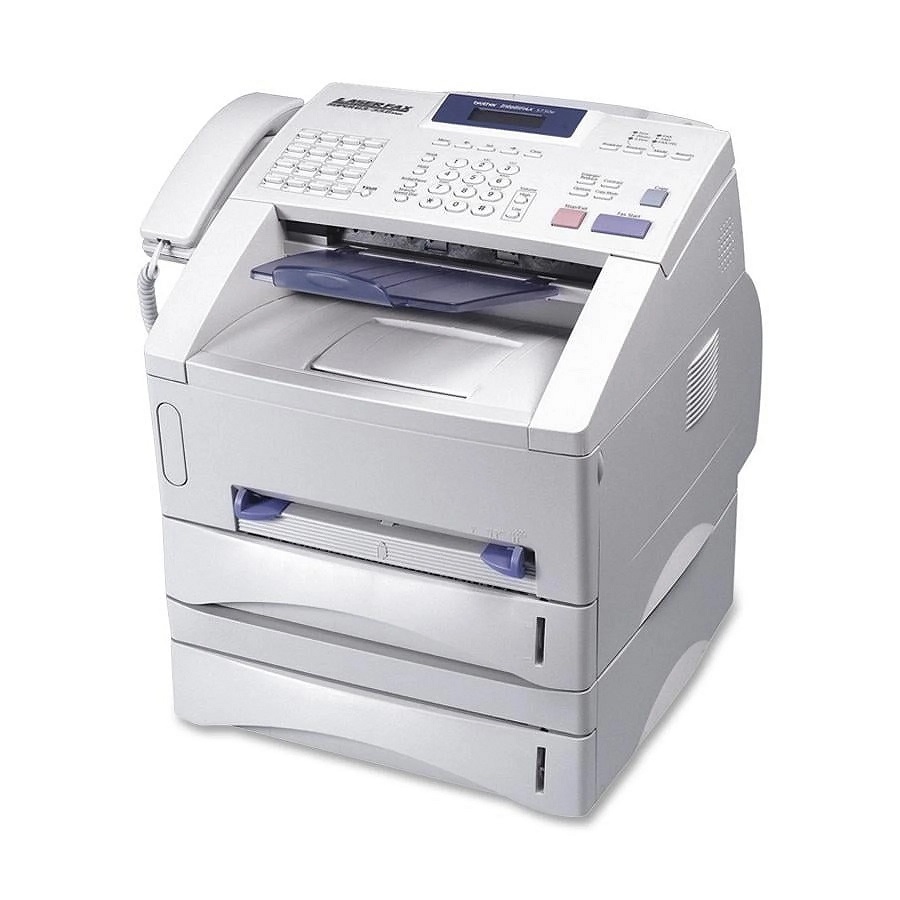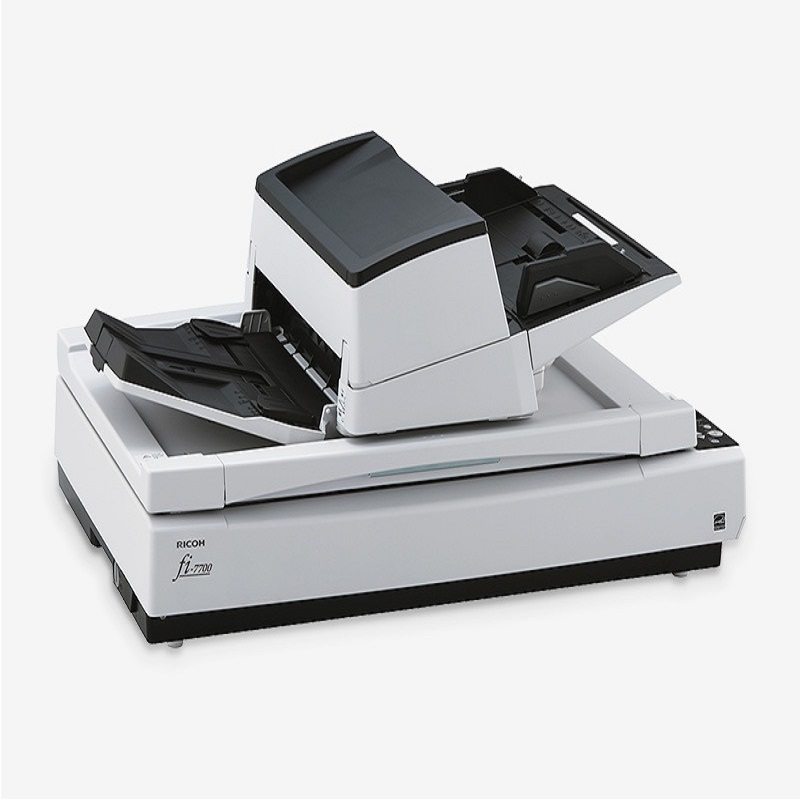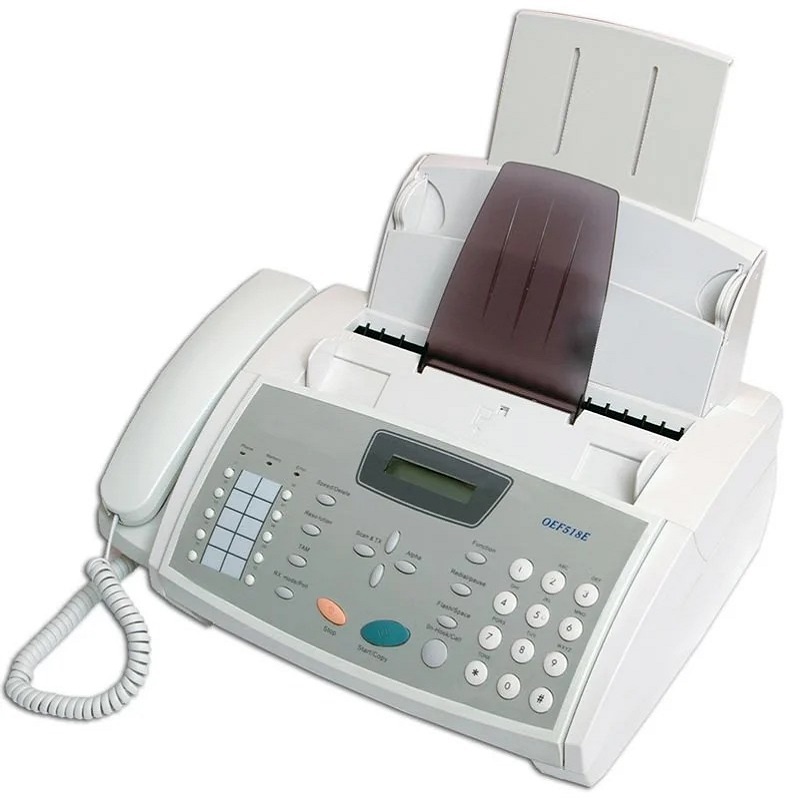Fountain pen have been a popular writing instrument for centuries, known for their elegance, practicality, and smooth writing. With their timeless charm and classic design, fountain pens come in a wide range of styles to suit different preferences and needs, from sleek modern designs to vintage-inspired classics. In this article, we will explore the different styles of fountain pens available, highlighting their unique features and characteristics.
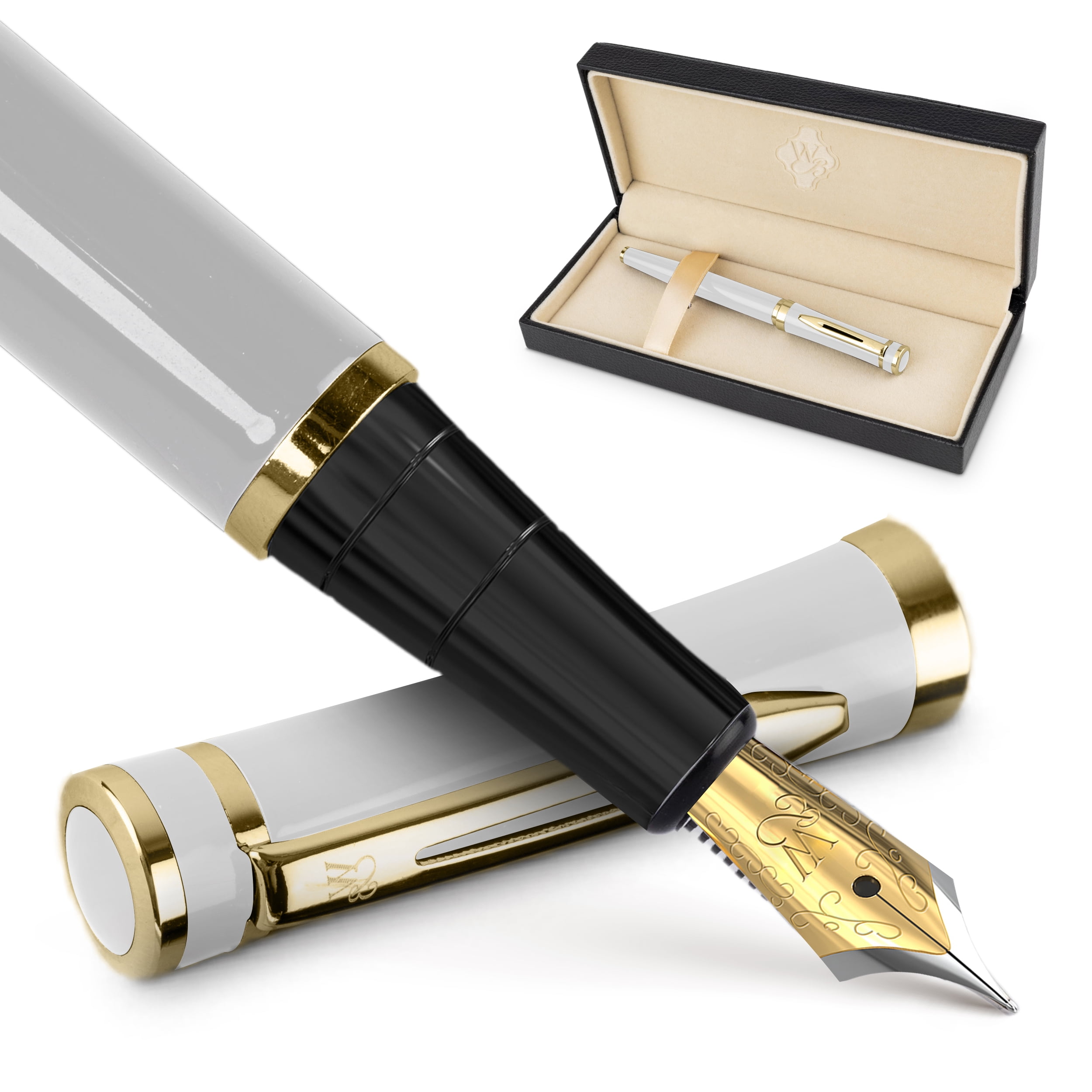
Vintage-inspired fountain pens
Vintage-inspired fountain pens evoke a sense of nostalgia, with their classic designs and vintage styling. These pens often feature ornate details, such as etched patterns, intricate barrel designs, and decorative metalwork. Many vintage-inspired fountain pens also come with gold or silver accents, adding a touch of luxury to the overall design. These pens are perfect for those who appreciate the elegance and craftsmanship of bygone eras, and they make a sophisticated addition to any writing collection.
Modern minimalist fountain pens
On the other end of the spectrum, modern minimalist fountain pen offer a sleek and understated aesthetic. These pens are characterized by clean lines, simple designs, and a minimalist approach to decoration. They often feature smooth, unadorned barrels and caps, with a focus on functionality and practicality. Modern minimalist fountain pens are popular among those who prefer a more contemporary look and feel, and they are ideal for everyday use in a professional or casual setting.
Luxury fountain pens
Luxury fountain pens are the epitome of elegance and sophistication, often crafted from high-quality materials and featuring exquisite detailing. These pens may come adorned with precious metals, rare woods, or precious stones, and they are often created by renowned pen makers and artisan craftsmen. Luxury fountain pens are coveted for their superior writing performance and impeccable design, making them a prized possession for collectors and enthusiasts alike. While they may come with a hefty price tag, the beauty and craftsmanship of luxury fountain pens make them a worthwhile investment for those who appreciate the finer things in life.
Special edition fountain pens
Special edition fountain pens are designed to commemorate significant events, celebrate cultural milestones, or honor renowned figures. These pens often feature unique designs, limited production runs, and exclusive branding, making them highly sought after by collectors and connoisseurs. Special edition fountain pens can range from collaborations with famous artists to partnerships with iconic brands, resulting in distinctive and collectible writing instruments that capture the essence of a particular theme or moment in time.
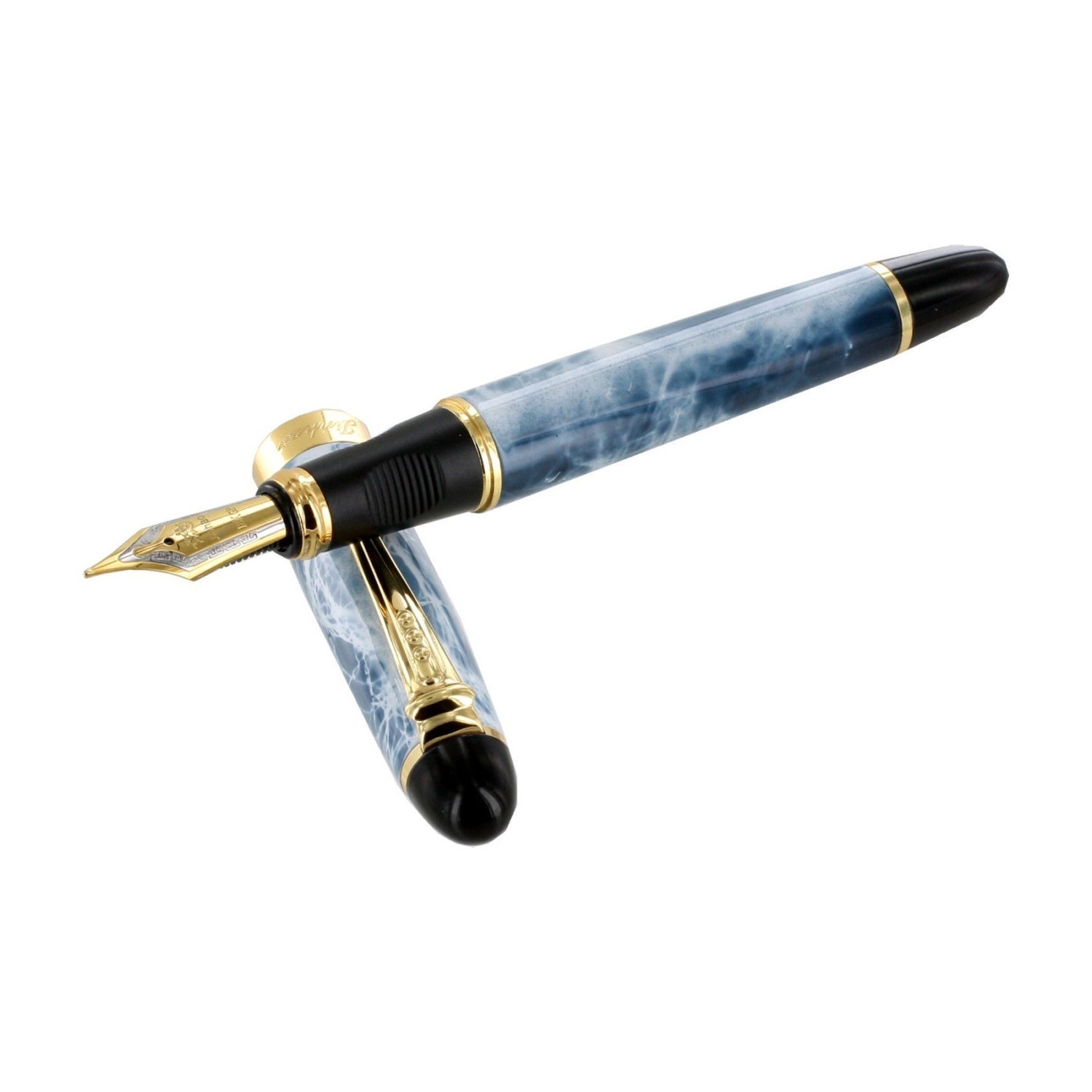
Customizable fountain pens
For those who seek a truly personalized writing experience, customizable fountain pens offer the opportunity to create a one-of-a-kind writing instrument tailored to their specific preferences. These pens may allow for custom engravings, choice of materials, color options, and other special features to be incorporated into the design. Customizable fountain Ink pen are a popular choice for gifts, corporate branding, and personalization, as they provide a meaningful and unique way to express individual style and personality.
How to use fountain pen
Fountain pens are stylish and elegant writing instruments that offer a unique and sophisticate writing experience. They have a rich history and are favor by many writers, artists, and professionals around the world. However, using a fountain pen requires a bit of skill and technique to fully appreciate its benefits.
Understanding the Parts of a Fountain Pen
Before we delve into the usage of a fountain pen, it’s essential to understand its basic components.
- Nib: The nib is the part of the pen that comes into contact with the paper. It’s usually made of metal and has a small slit in the middle to control the ink flow.
- Feed: The feed is responsible for supplying ink to the nib. It helps regulate the flow of ink and prevents the pen from leaking.
- Ink reservoir: The ink reservoir, also known as the ink converter or cartridge, holds the ink that the pen uses for writing. Some fountain pens can be fill using cartridges, while others use a converter that allows the user to fill the pen from a bottle of ink.
- Barrel: The barrel is the main body of the pen that holds the ink reservoir. It’s typically made of plastic, metal, or a combination of materials.
- Cap: The cap covers the nib and prevents the ink from drying out when the pen is not in use.
Mastering the Grip
One of the essential aspects of using a fountain pen is mastering the grip. Unlike a ballpoint pen, which can be held at various angles, a fountain pen requires a specific grip to achieve optimal results.
Hold the pen between your thumb and index finger, ensuring that the nib is position at a slight angle to the paper. The grip should be relax, allowing the pen to glide across the paper smoothly.
If you’re a beginner, it may take some time to get use to the grip, but with practice, it will become natural.
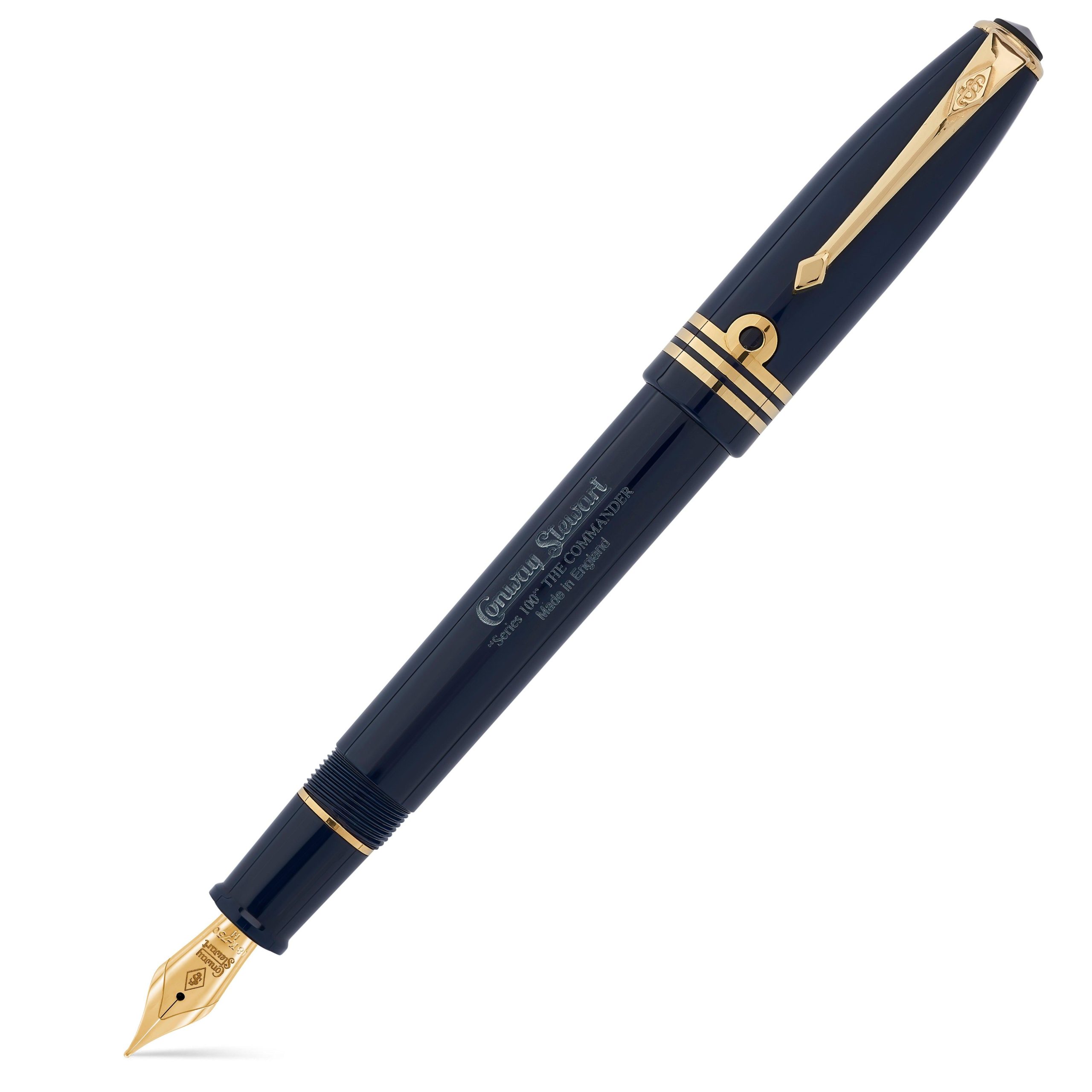
Selecting the Right Paper
Choosing the right paper is crucial when using a fountain pen. Unlike ballpoint pens, which can write on almost any surface, fountain pens require smooth and absorbent paper to prevent feathering and bleeding of the ink.
Look for paper that’s specifically design for fountain pens, such as cotton or high-quality bond paper. These papers are smooth and have a good ink absorption rate, allowing the pen to glide effortlessly without smudging or bleeding.
Ink Flow Adjustment
Adjusting the ink flow of a fountain pen is essential to achieve the desir writing experience. If the ink flow is too dry, the pen’s nib may scratch the paper, while excessive ink flow can lead to smudging and bleeding.
Most fountain pens come with a mechanism to adjust the ink flow, such as a twist knob or a slider on the barrel. Experiment with different settings until you find the right balance that suits your writing style.
Proper Maintenance and Cleaning
Maintaining and cleaning your fountain pen is essential to ensure its longevity and optimal performance. Here are some tips for proper maintenance:
- Flush the pen with water every time you change the ink color to prevent color mixing.
- Use a mild detergent and a soft cloth to clean the nib and feed to remove any ink residue.
- Store the pen in a protective case when not in use to prevent damage and keep it away from extreme temperatures.
- Regularly inspect the pen for any signs of wear or damage and address them promptly.
Advantages of fountain pen
Despite living in an increasingly digital world where most of our communication is done through typing and swiping on screens, there is still a place for the classic fountain pen. Fountain pens have been around for centuries and continue to be cherish for their elegance, smooth writing experience, and timeless appeal.
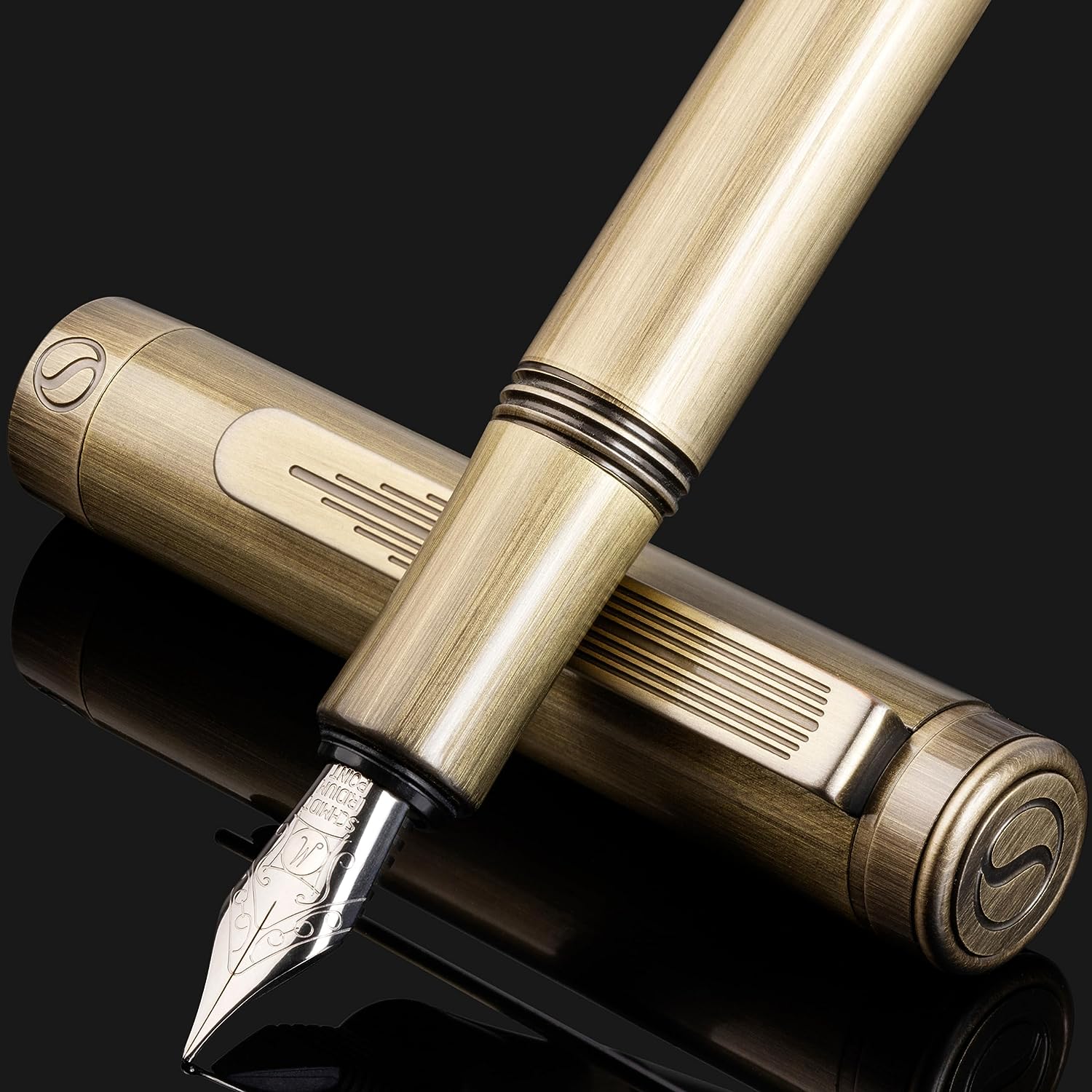
Superior Writing Experience
One of the most significant advantages of using a fountain pen is the superior writing experience it provides. Unlike ballpoint or rollerball pens, fountain pens use liquid ink that flows smoothly onto the paper. Resulting in a more comfortable and effortless writing experience. The nib of a fountain pen glides across the paper with minimal pressure. Reducing hand fatigue and allowing for extend periods of writing without discomfort. Additionally, the ink flow and line variation can be adjust base on the user’s preferences. Resulting in a truly personalize writing experience.
Ergonomics and Comfort
In addition to the smooth writing experience. Fountain pens are often praise for their ergonomics and comfort. Many fountain pens are design to fit comfortably in the hand. With a balance weight and a natural grip. That allows for prolonge writing sessions without causing strain on the fingers or wrist. The act of writing with a fountain pen is often describe as therapeutic and enjoyable. Making it a prefer choice for those who value comfort and ease of use in their writing instruments.
Durability and Longevity
Another advantage of using a fountain pen is its durability and longevity. Unlike disposable ballpoint pens that are use and discard. Fountain pens are intend to be long-term companions. That can last a lifetime with proper care. Many fountain pens are made with high-quality materials such as metal, resin. Or celluloid, ensuring that they can withstand daily use. And retain their aesthetic appeal for years to come. Additionally, fountain pens can be easily refill with ink. Reducing the need for constant replacements and minimizing environmental waste.
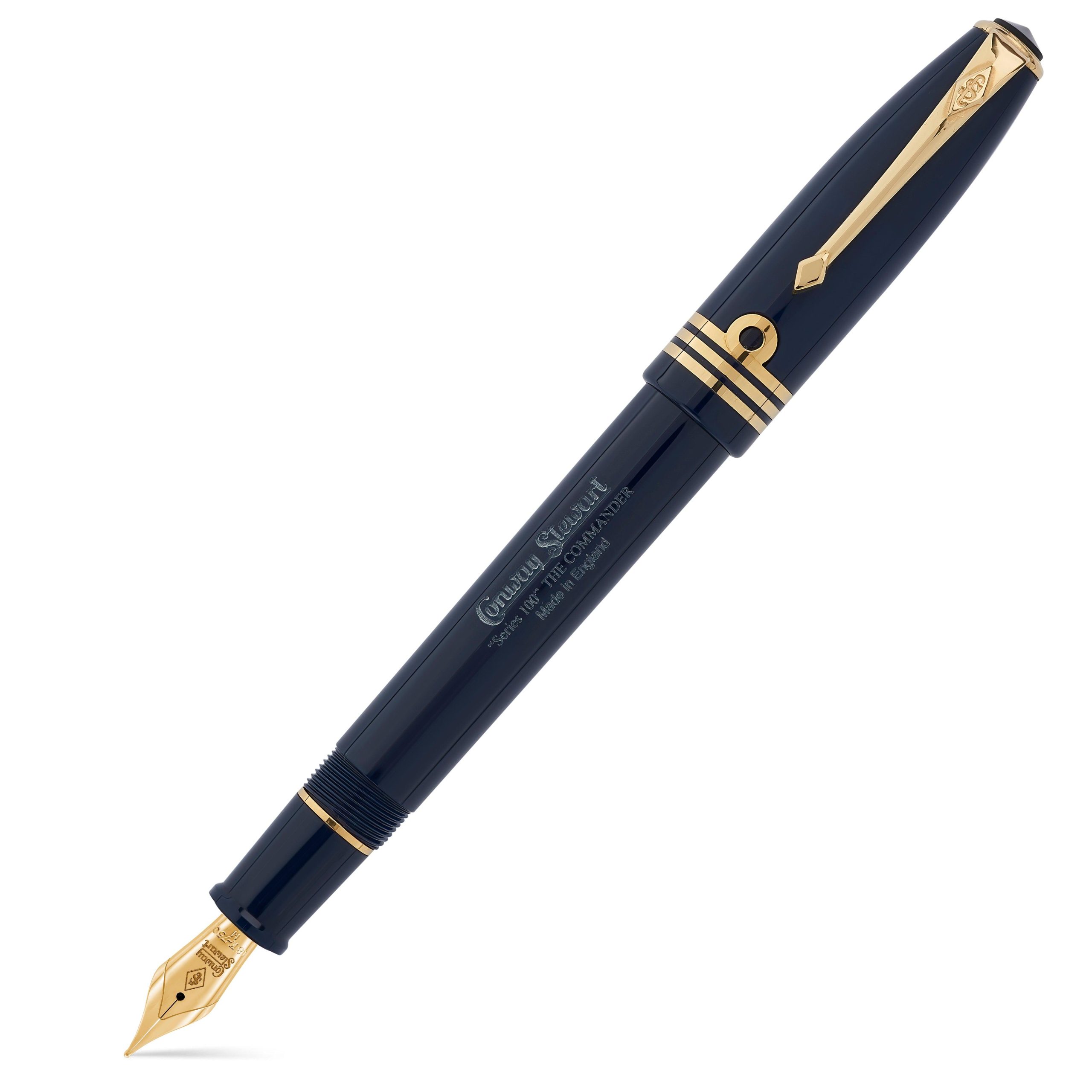
Conclusion
The wide variety of fountain pen styles available ensures that there is a perfect pen for every taste and occasion. From vintage-inspir classics to modern minimalist designs. Luxury writing instruments to special edition collectibles, and customizable creations. Fountain pens offer an unparalle level of customization and choice. Whether you are a season collector, a dedicate writer. Or simply someone who appreciates the art of fine craftsmanship. There is a fountain pen style that will capture your imagination and elevate your writing experience. With their timeless appeal and enduring elegance. Fountain pens continue to inspire and delight enthusiasts around the world.



